10 Best Herbal Decoctions For Endometriosis Pain
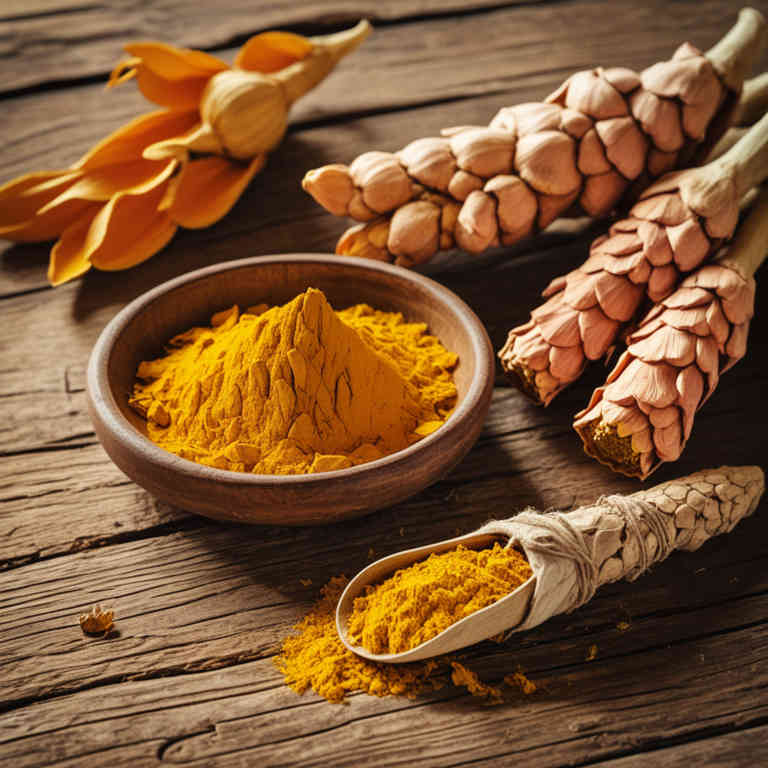
Herbal decoctions have been explored as a complementary approach to managing endometriosis-related pain, often incorporating herbs such as cramp bark, dong quai, and turmeric, which are believed to have anti-inflammatory and antispasmodic properties.
These decoctions are typically prepared by simmering dried herbs in water for an extended period to extract their active compounds, which may help reduce pelvic inflammation and ease menstrual cramps. While some studies suggest potential benefits, more rigorous clinical trials are needed to confirm their efficacy and safety, especially when combined with conventional treatments. Many individuals use these natural remedies alongside medical therapies, seeking a holistic approach to symptom management.
However, it is important to consult with a healthcare provider before starting any herbal regimen to avoid interactions with medications or potential side effects.
FREE Herb Drying Checklist
How to make sure every batch retains maximum flavor, color, and aroma without the risk of mold or over-drying. Eliminate guesswork and trial-and-error, making herb drying faster, easier, and more efficient every time.
Table of Contents
1. Curcuma longa
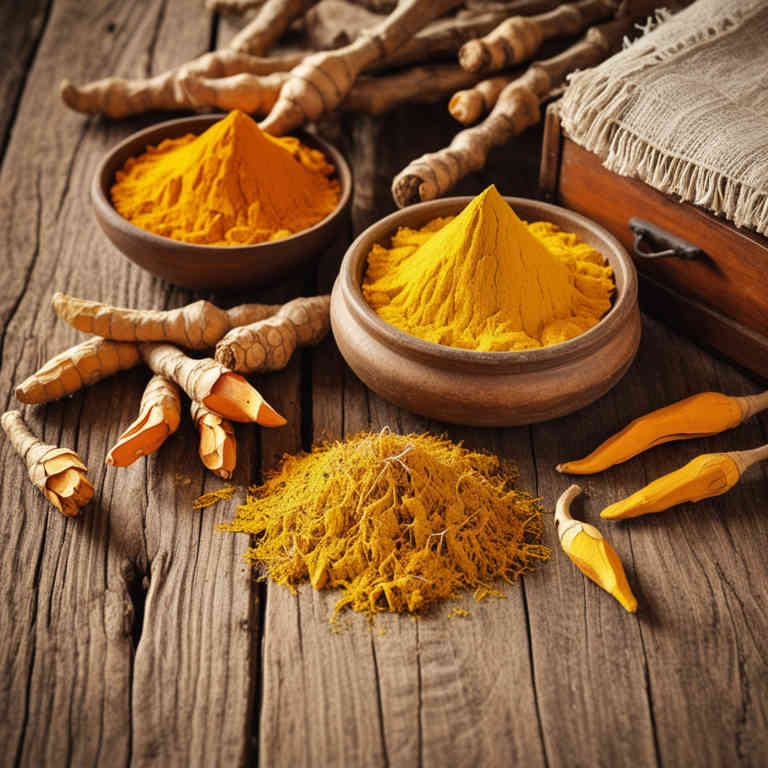
Curcuma longa, commonly known as turmeric, has been traditionally used in herbal medicine for its anti-inflammatory and analgesic properties.
Herbal decoctions made from curcuma longa involve boiling the root in water to extract its active compounds, primarily curcumin, which is believed to reduce inflammation and oxidative stress. Some studies suggest that curcumin may help alleviate endometriosis-related pain by inhibiting the growth of endometrial lesions and reducing pelvic inflammation. However, while anecdotal evidence and preliminary research are promising, more clinical trials are needed to establish its efficacy and safety for this specific condition.
As with any herbal remedy, it is advisable to consult a healthcare professional before incorporating curcuma longa decoctions into a treatment plan for endometriosis.
2. Vitex agnus-castus

Vitex agnus-castus, commonly known as chasteberry, has been traditionally used in herbal medicine to support hormonal balance and alleviate symptoms associated with endometriosis.
Its active compounds, such as flavonoids and iridoids, are believed to influence the pituitary gland and regulate prolactin levels, which may help reduce pelvic pain and menstrual irregularities. Herbal decoctions of Vitex agnus-castus are often prepared by simmering the dried berries in water for several hours, allowing the extraction of its therapeutic constituents. Some studies suggest that this herb may help reduce the severity of endometriosis-related pain by modulating estrogen activity and reducing inflammation.
While generally considered safe, it is advisable to consult a healthcare professional before using Vitex agnus-castus, especially for individuals with hormone-sensitive conditions or those on medication.
3. Silybum marianum

Silybum marianum, commonly known as milk thistle, has been explored as a potential herbal remedy for managing endometriosis-related pain due to its anti-inflammatory and antioxidant properties.
Herbal decoctions made from the seeds of Silybum marianum are often prepared by soaking the seeds in water and simmering them to extract active compounds such as silymarin. These decoctions may help reduce oxidative stress and inflammation, which are commonly associated with endometriosis symptoms. Some studies suggest that silymarin could support liver function and hormone balance, potentially alleviating pain and improving overall well-being in affected individuals.
However, more clinical research is needed to fully establish its efficacy and safety for endometriosis treatment.
4. Zingiber officinale
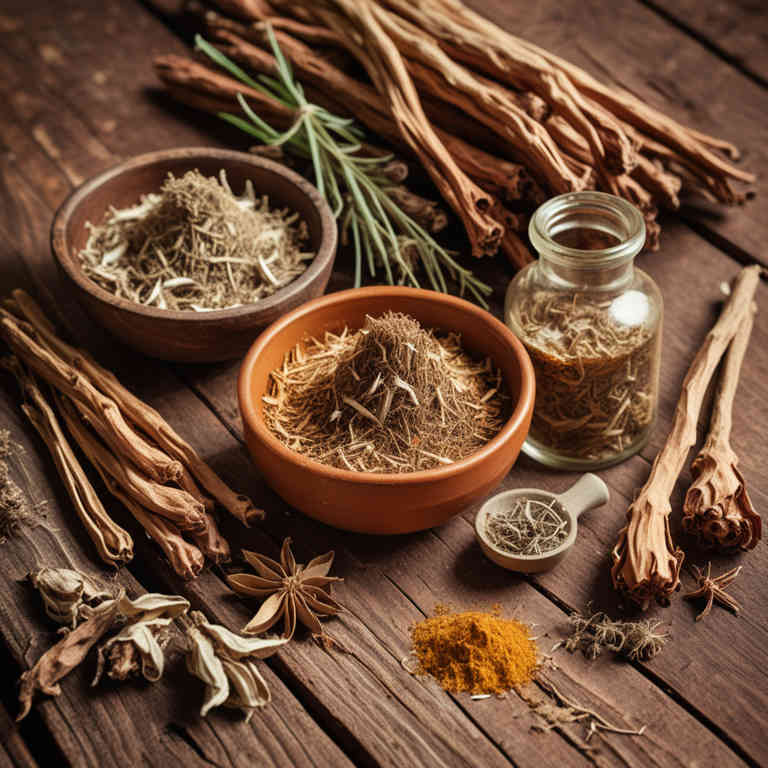
Zingiber officinale, commonly known as ginger, has been traditionally used for its anti-inflammatory and analgesic properties, making it a potential herbal remedy for managing endometriosis-related pain.
Herbal decoctions of ginger involve simmering the root in water to extract its active compounds, such as gingerol and shogaol, which are believed to reduce inflammation and inhibit prostaglandin production. Studies suggest that ginger may help alleviate menstrual cramps and pelvic pain associated with endometriosis by modulating the body's inflammatory response. While more clinical research is needed, some women report significant relief from symptoms when incorporating ginger decoctions into their treatment regimen.
It is important to consult with a healthcare provider before using ginger as a complementary therapy, especially for those with underlying health conditions or taking medications.
5. Cimicifuga racemosa
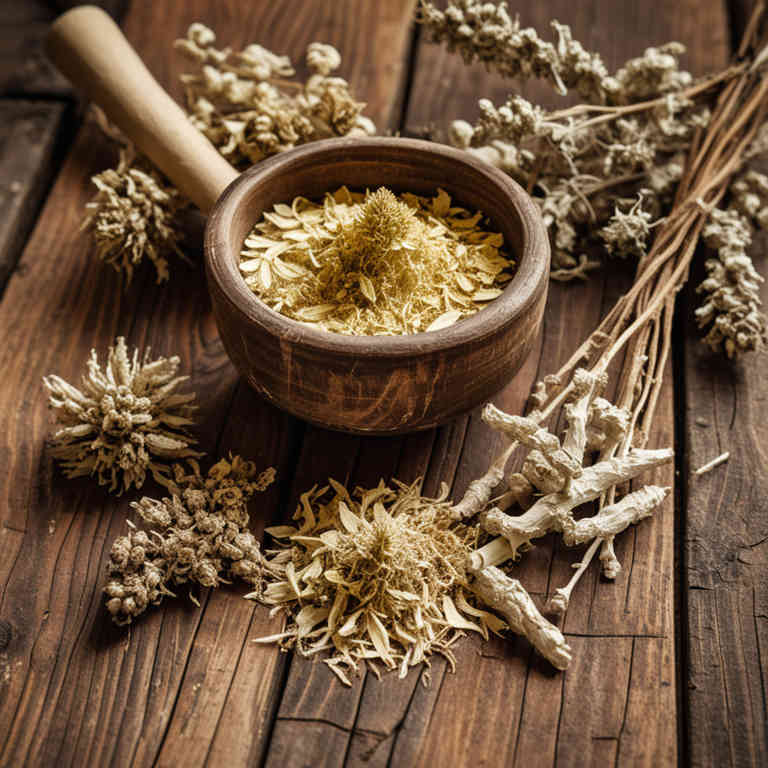
Cimicifuga racemosa, commonly known as black cohosh, has been traditionally used in herbal medicine to alleviate symptoms associated with hormonal imbalances, including endometriosis-related pain.
Herbal decoctions of Cimicifuga racemosa are prepared by simmering the dried root in water, allowing the active compounds to be extracted for consumption. These decoctions may help reduce pelvic pain and inflammation by modulating estrogen receptor activity and improving uterine blood flow. While some studies suggest potential benefits, more rigorous clinical trials are needed to confirm its efficacy and safety for endometriosis treatment.
As with any herbal remedy, it is important to consult a healthcare provider before use, especially for individuals with existing medical conditions or those taking other medications.
6. Urtica dioica
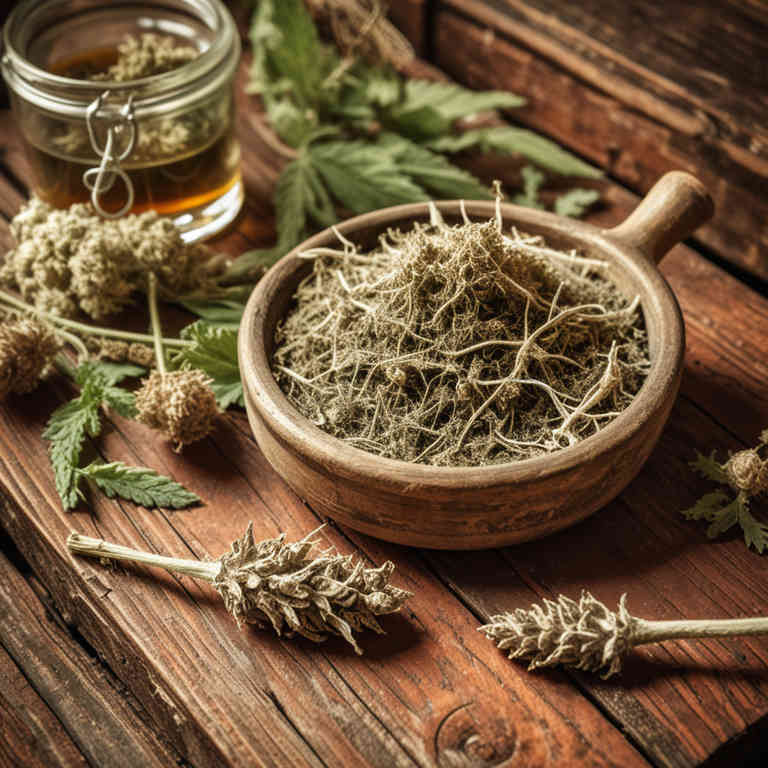
Urtica dioica, commonly known as stinging nettle, has been traditionally used in herbal medicine for its anti-inflammatory and analgesic properties.
Herbal decoctions made from the leaves and stems of Urtica dioica are believed to help alleviate endometriosis-related pain by reducing inflammation and supporting hormonal balance. These decoctions are often prepared by simmering the dried plant material in water for an extended period to extract its active compounds. Some studies suggest that the high concentration of silica, vitamins, and minerals in stinging nettle may contribute to its therapeutic effects in managing pain and discomfort associated with endometriosis.
However, it is important to consult with a healthcare professional before using Urtica dioica as a complementary therapy, as it may interact with certain medications or have side effects in some individuals.
7. Salvia miltiorrhiza
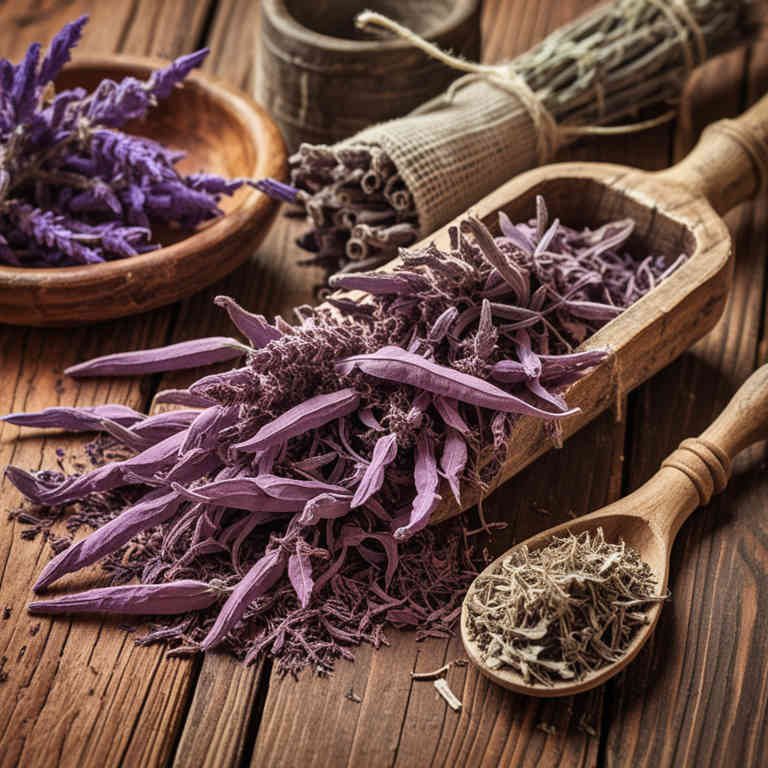
Salvia miltiorrhiza, also known as Danshen, is a traditional Chinese herb commonly used in herbal decoctions to manage endometriosis-related pain.
Its active compounds, such as tanshinones and salvianolic acids, possess anti-inflammatory, antioxidant, and analgesic properties that may help reduce pelvic inflammation and alleviate cramping. Clinical studies suggest that Salvia miltiorrhiza decoctions can improve blood circulation and regulate hormonal imbalances, which are often associated with endometriosis. These herbal formulations are often used as complementary therapy alongside conventional treatments, offering a holistic approach to pain management.
However, it is important to consult with a healthcare provider before using Salvia miltiorrhiza to ensure safety and efficacy, especially when combined with other medications.
8. Paeonia suffruticosa
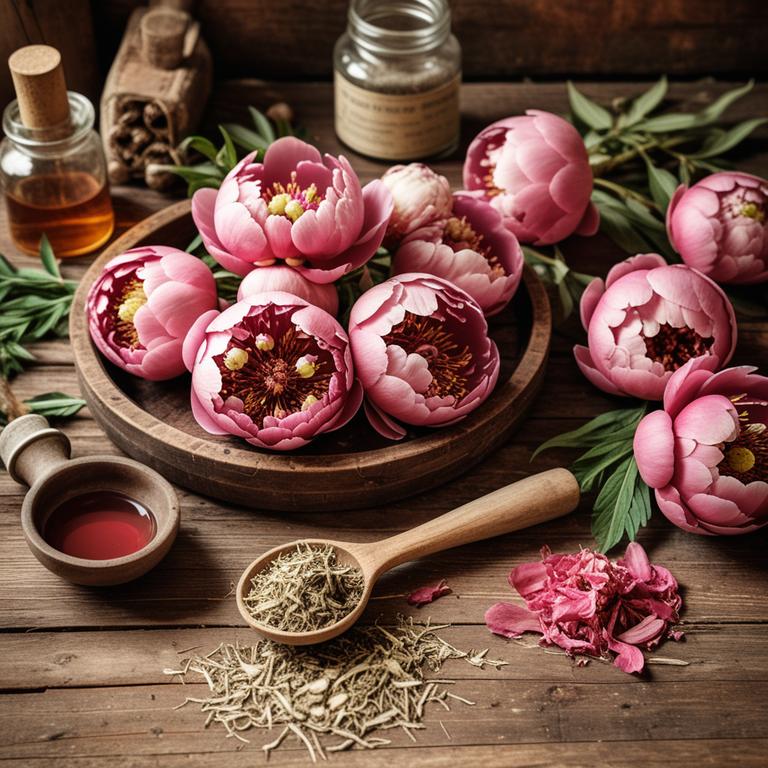
Paeonia suffruticosa, commonly known as tree peony, has been traditionally used in Chinese medicine for its analgesic and anti-inflammatory properties.
Herbal decoctions made from Paeonia suffruticosa are believed to help alleviate endometriosis-related pain by reducing inflammation and improving blood circulation. These decoctions often include other herbs such as Angelica sinensis and Rehmannia glutinosa to enhance their therapeutic effects. Clinical studies suggest that Paeonia suffruticosa may help regulate hormonal imbalances associated with endometriosis.
However, it is important to consult a qualified practitioner before using these herbal treatments as part of a comprehensive management plan for endometriosis.
9. Glycyrrhiza glabra
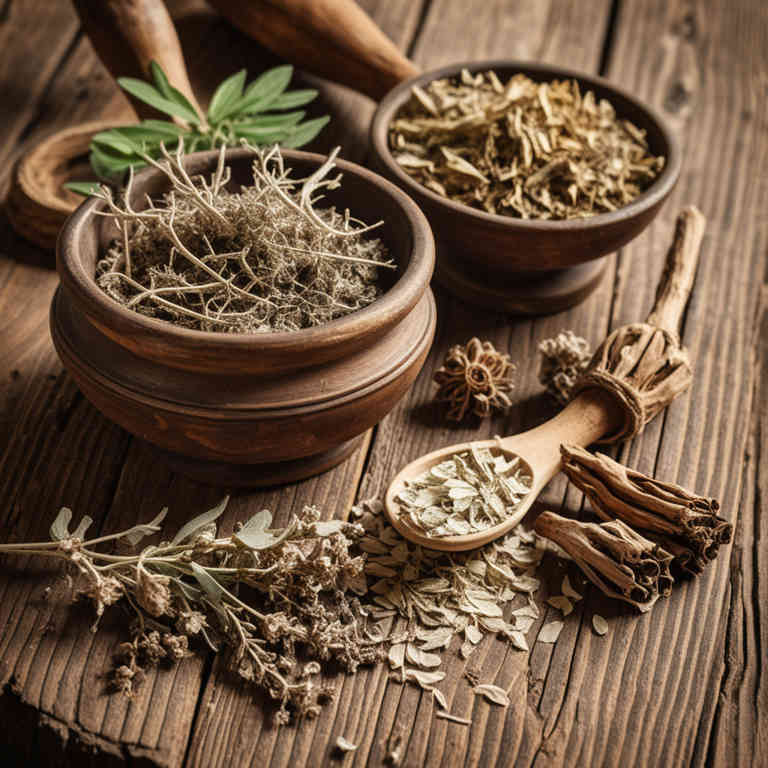
Glycyrrhiza glabra, commonly known as licorice root, has been traditionally used in herbal medicine for its anti-inflammatory and analgesic properties.
Herbal decoctions made from Glycyrrhiza glabra may help alleviate endometriosis-related pain by reducing inflammation and modulating hormonal activity. Studies suggest that the active compounds in licorice root, such as glycyrrhizin and isoflavones, may inhibit the production of prostaglandins and cytokines involved in pain and inflammation. However, long-term use of licorice root decoctions can lead to side effects like hypertension and electrolyte imbalances due to its mineralocorticoid-like effects.
Therefore, it is recommended to consult a healthcare provider before using licorice root as a complementary therapy for endometriosis.
10. Eclipta prostrata

Eclipta prostrata, a traditional herbal remedy, has been explored for its potential in alleviating endometriosis-related pain due to its anti-inflammatory and analgesic properties.
Herbal decoctions made from Eclipta prostrata are prepared by boiling the dried plant material in water, allowing the active compounds to be extracted for consumption. Studies suggest that the plant contains compounds such as flavonoids and alkaloids that may help reduce pelvic inflammation and modulate hormonal activity. While some preliminary research supports its use, more clinical trials are needed to confirm its efficacy and safety in treating endometriosis pain.
As an alternative or complementary therapy, Eclipta prostrata decoctions may offer a natural option for women seeking relief from endometriosis symptoms.